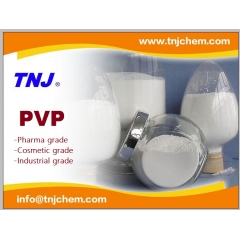Lidocaine hydrochloride CAS 73-78-9 is a white powder without smell and with a  bitter taste that is used both in human and veterinary medicine. The drug is also known as lignocaine hydrochloride, and is used as a local anesthetic and to regulate certain medical problems related to heart rhythm. Injections of it are used to provide local anesthesia during various minor surgical procedures. It is also available in various topical preparations, such as gels, sprays, creams, and ointments that are usually applied to the skin or the mucous membranes. This drug was first manufactured in Sweden in 1943 and was then named xylocaine.
bitter taste that is used both in human and veterinary medicine. The drug is also known as lignocaine hydrochloride, and is used as a local anesthetic and to regulate certain medical problems related to heart rhythm. Injections of it are used to provide local anesthesia during various minor surgical procedures. It is also available in various topical preparations, such as gels, sprays, creams, and ointments that are usually applied to the skin or the mucous membranes. This drug was first manufactured in Sweden in 1943 and was then named xylocaine.
Specification
PH 3.5~5.5 (Dissolve 2.0g in water and dilute to 20ml)
Optical rotation 4%(W/V)
Heavy metal ≤5ppm
Sulphated ash ≤0.5%
Water content 3.1~4.6%
Acetone ≤0.5%
Butyl alcohol ≤0.5%
Bacterial endotoxins ≤0.5 CFU/g
Assay 89.5%~102.0%
Application
When used for anesthetic purposes, lidocaine hydrochloride works by blocking certain functions of the nervous system, inhibiting the transmission of pain impulses from the treated area to the brain. It is a fast-acting form of local anesthesia that often starts to work within five minutes. The effects wear off in a relatively short time, often a couple of hours, because the drug is quickly metabolized by the liver.
Packing
25kg/fiber drum, 7,000kg/20"FCL













 chemical.tnj
chemical.tnj +8618949823763
+8618949823763 tnjchem
tnjchem 2881500864
2881500864